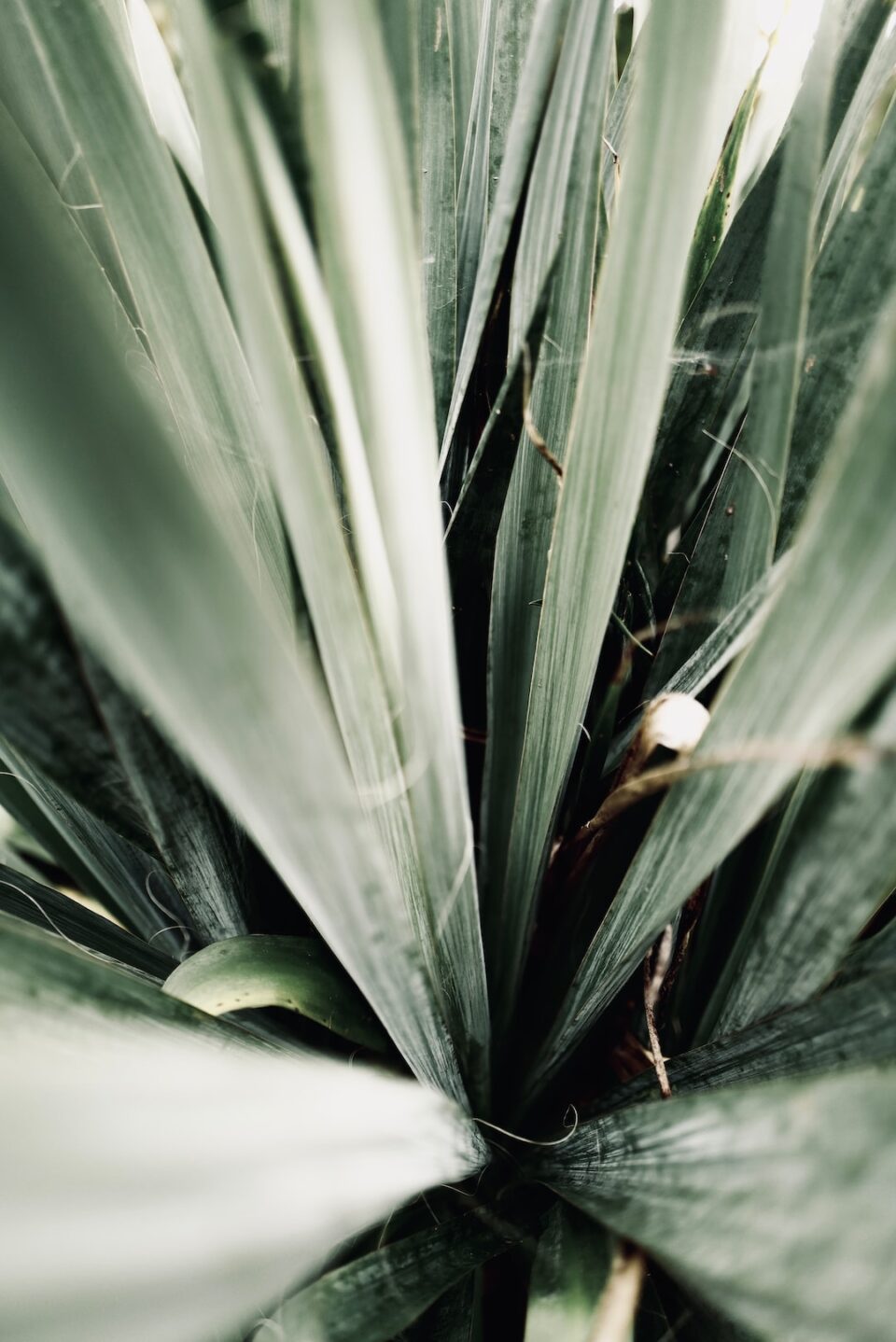Are you interested in growing your own vegetables but feel limited by the size of your garden? Don’t worry! You don’t need a large plot of land to enjoy the benefits of vegetable gardening. With a little creativity and planning, you can create a thriving vegetable garden even in small spaces. In this beginner’s guide, we’ll explore some tips and techniques to help you get started.
Firstly, let’s talk about choosing the right location for your small-space vegetable garden. Look for an area that receives at least six hours of sunlight per day. If your options are limited, consider using vertical space such as walls, trellises, or hanging baskets to maximize sunlight exposure. You can also utilize windowsills or balcony railings for container gardening.
Next, decide on the types of vegetables you want to grow. Opt for compact varieties or those specifically bred for small spaces, as they tend to take up less room. Examples include cherry tomatoes, mini bell peppers, or bush cucumbers. Additionally, herbs like basil, parsley, and mint are excellent choices for small-space gardening because of their versatility and compact size.
Now that you have your location and vegetable choices set, it’s time to prepare your soil. Use high-quality potting soil or make your own by combining compost, perlite, and peat moss. Remember to add organic matter like compost or well-rotted manure to enrich the soil’s nutrients. Avoid over-fertilization, as this may lead to an excessive growth spurt that can overwhelm your small garden.
Once your soil is ready, it’s time to plant your vegetables. Determine whether you’ll be planting directly in the ground, using raised beds, or opting for containers. If you choose containers, make sure they have adequate drainage to prevent waterlogged roots. Group plants with similar water and sunlight requirements together to optimize resource usage.
Regular watering is crucial for the success of your vegetable garden. However, be mindful not to overwater as this can drown the plants. Check the soil’s moisture level before watering, and use your finger to feel if it’s dry or moist. Water the plants deeply but less frequently to encourage deep root growth.
To protect your small-space garden from pests, consider using organic pest deterrents like neem oil, garlic spray, or companion planting. Companion planting involves growing certain plants together that benefit each other. For instance, planting marigolds alongside your vegetables can help repel pests while adding a pop of color to your garden.
Finally, don’t forget to regularly harvest your crops to stimulate continuous growth. Harvesting at the right time ensures that your plants produce more fruits or vegetables for you to enjoy.
In conclusion, vegetable gardening in small spaces is not only possible but also rewarding. By choosing the right location, plants, soil, and implementing simple gardening techniques, you can create a flourishing vegetable garden in any limited space. Start small, experiment, and enjoy the journey of growing your own fresh produce right from your doorstep!

